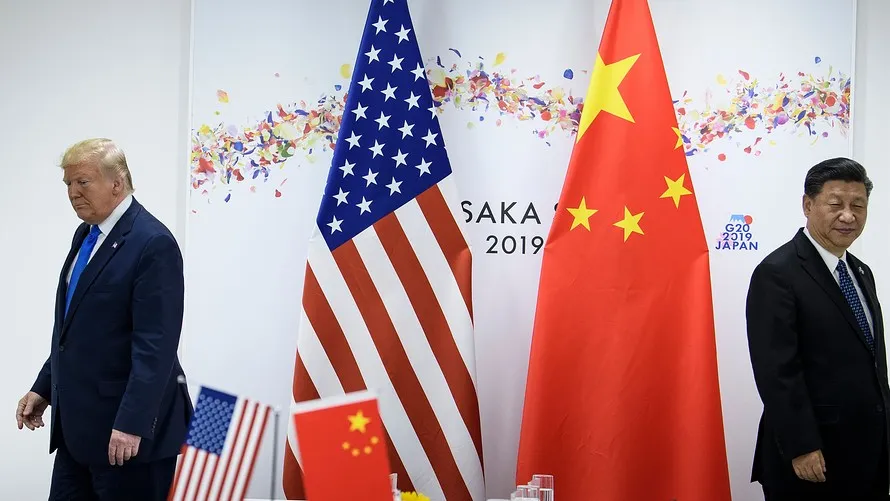Islamabad/Washington: President Trump appears to be leveraging unpredictability and extreme pressure — rapidly escalating tariffs without a clear long-term roadmap.
This is reminiscent of the “madman theory,” where a leader intentionally acts erratically to intimidate opponents into making concessions.
In this case, Trump is raising stakes to intolerable levels, similar to a real estate negotiation tactic, with the hope that China will be forced to compromise.
However, such an approach in global trade carries significant systemic risks.
China’s Calculus: Restraint vs Retaliation
China has so far responded with proportional tariffs (84%) but has avoided full-blown retaliation. Beijing is likely trying to balance between protecting its slowing economy and maintaining political strength at home.
With economic growth no longer as robust as before, Chinese leaders are cautious about actions that could further disrupt their economy.
Still, domestic nationalism and political image may constrain China’s ability to make large concessions without reciprocal gestures from the US.
Risks of Escalation
The consequences of a prolonged or worsening trade war are substantial:
Economic damage to both nations through supply chain disruptions and increased consumer prices.
Higher inflation in the US due to tariff-induced price hikes.
Loss of investor confidence, as evidenced by sharp drops in the S&P 500, Nasdaq, and Dow Jones.
Global economic slowdown, with ripple effects on developing markets and international trade.
Geopolitical spillover into technology restrictions, security tensions (e.g., Taiwan), and strategic decoupling.
Here’s a concise summary and key takeaways from the latest on the US-China trade war, market reaction, and global policy responses:
Markets React Sharply to Trade War Volatility
US stocks fell steeply on Thursday:
S&P 500: -5.2%
Nasdaq: -6.1%
Dow Jones: -4.5%
The drop followed Wednesday’s temporary tariff freeze by President Trump, which had earlier sparked a global market rally.
US Trump’s Tariff Maneuvers
Trump paused new tariffs for 90 days for most countries, excluding Canada and Mexico.
However, tariffs on Chinese goods rose to an effective 145%, combining past and new layers.
The tariff U-turn came after sharp market volatility and rising bond yields caught the administration’s attention.
EU Responds Cautiously
The EU paused €21 billion in counter-tariffs on US goods.
European Commission President Ursula von der Leyen warned the pause is conditional on meaningful negotiations.
China’s Response
China imposed 84% tariffs on US goods in retaliation.
Officials rejected what they called “blackmail” and warned they will respond “to the end” if the US escalates further.
The yuan hit its lowest level vs the dollar since the global financial crisis.
🌍 Global Repercussions
Oil prices fell 3%, reflecting fears of a trade war-induced recession.
Eurozone bond yields jumped, while ECB officials warned of persistent economic uncertainty.
European shares surged initially, but optimism remains fragile.
🗣️ Business & Policy Feedback
Business groups welcomed the pause but criticized its short window and lingering tariffs (10% remains).
Logistics and inflationary pressures remain, leading to concerns about reduced US consumption.
🔮 Outlook & Risks
Trump signals willingness to resolve tensions with China, but is prioritizing bilateral deals with countries like Vietnam, Japan, and South Korea.
A White House meeting is scheduled to rank these negotiation efforts.
The broader uncertainty continues to cloud global economic forecasts, business planning, and market confidence.









